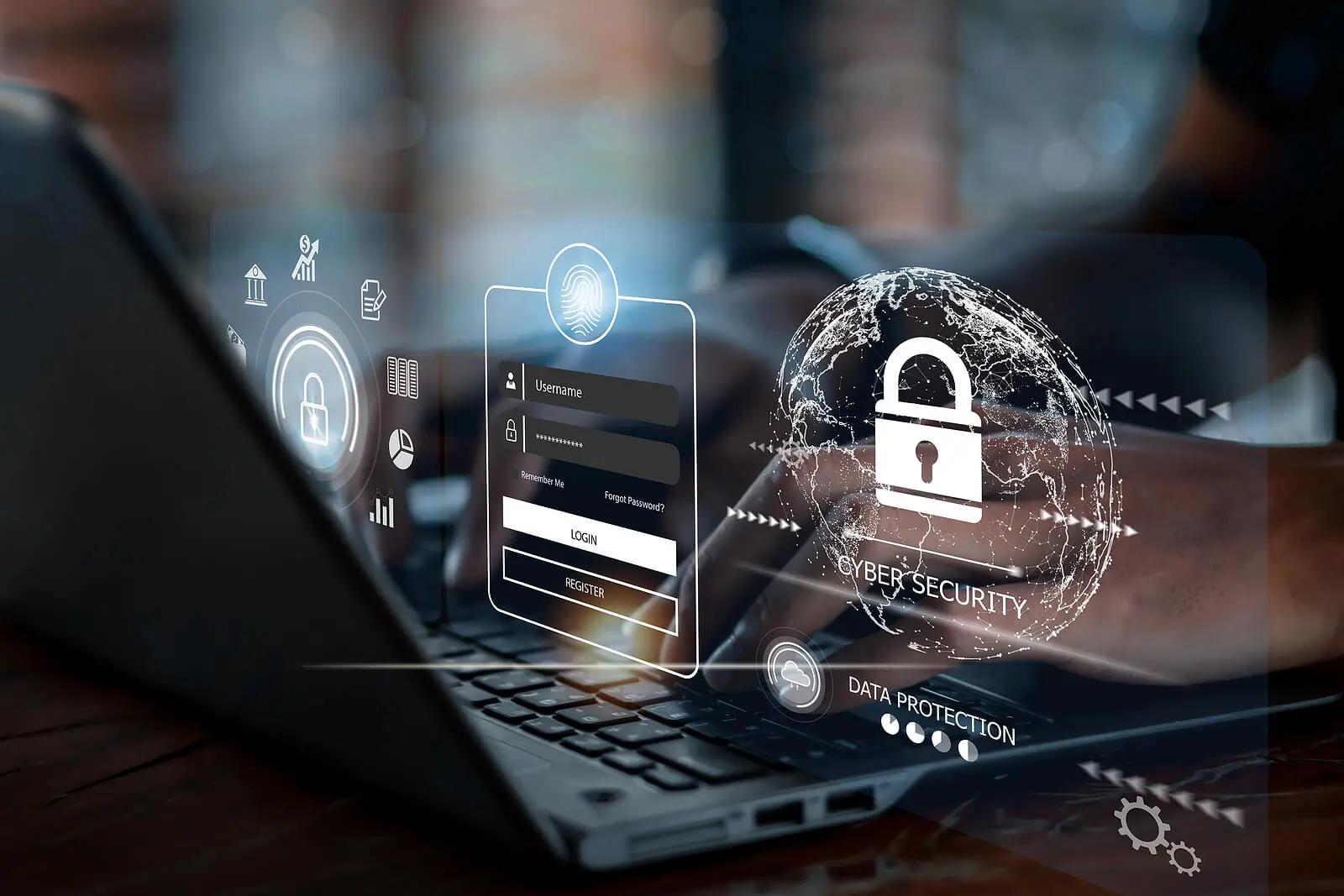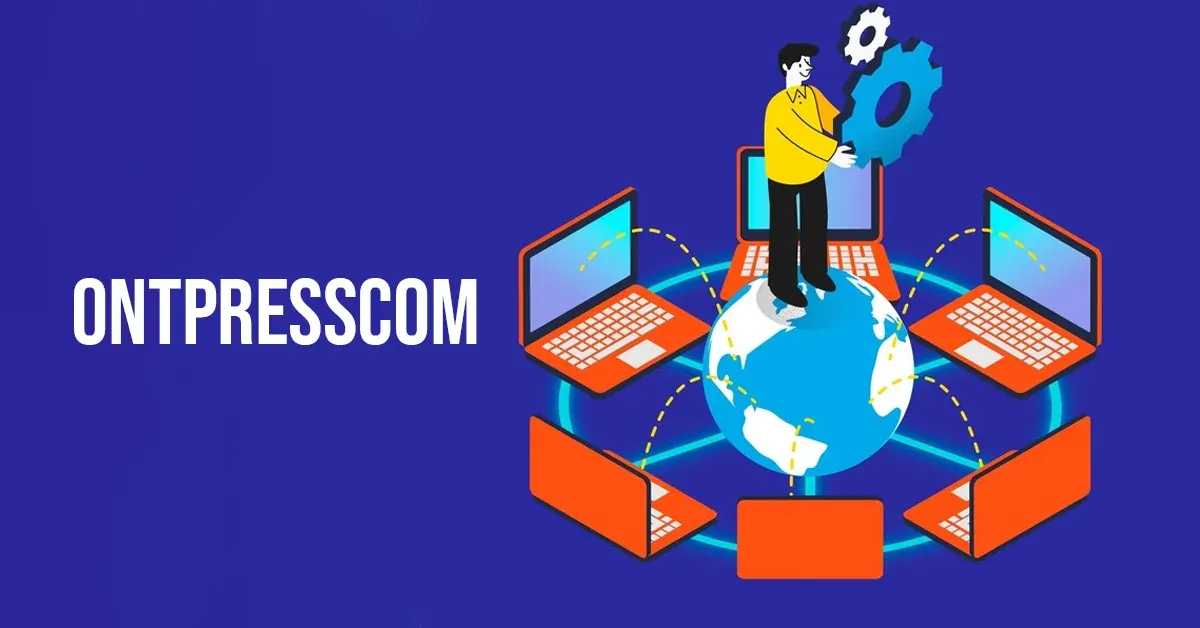Stalking and abuse are serious concerns that can disrupt lives and lead to emotional and physical harm. Protecting yourself from these threats is crucial for maintaining your safety and peace of mind. This guide is designed to help you understand the steps you can take to safeguard yourself effectively. We’ll explore various strategies, from recognising the signs of stalking to taking legal actions, ensuring you’re equipped to handle such situations with confidence.
Understanding Stalking and Abuse
Stalking involves repeated and unwanted attention that makes a person feel unsafe. It can manifest as persistent phone calls, following, or sending unwanted gifts. Recognising these behaviours early is essential to prevent further escalation.
Abuse, on the other hand, can be physical, emotional, or psychological. It often involves a pattern of behaviour intended to control or harm another person. Understanding the different forms of abuse can help you identify them in your own life or others around you.
Both stalking and abuse can occur in various relationships, including intimate partner relationships, friendships, or even professional settings. Recognising the dynamics of these situations is a vital first step in protecting yourself.
Recognising the Signs of Stalking
The first step in protecting yourself is recognizing the signs of stalking. Common behaviours include someone following you, sending excessive messages, or showing up at places uninvited. It’s important not to dismiss these actions, as they can escalate quickly.
Documenting each incident is crucial. Keep records of text messages, emails, or any form of contact. This documentation will be useful if you decide to take legal action.
Understanding that stalking is not your fault is essential. Many victims feel shame or guilt, but it’s important to remember that the perpetrator is responsible for their actions.
Identifying Different Types of Abuse
Abuse can take many forms, including physical, emotional, and financial. Physical abuse is often the most visible, involving hitting, kicking, or other forms of physical harm. Emotional abuse includes manipulation, verbal attacks, and isolation from social networks.
Financial abuse involves controlling a person’s access to money and resources, often making them financially dependent. Recognising these patterns is critical to seeking help and protecting yourself.
By identifying these types of abuse, you can better understand your situation and take appropriate action. Each type of abuse may require different strategies for protection and intervention.
Building a Support Network
Having a reliable support network is vital for anyone facing stalking or abuse. Friends, family, and colleagues can provide emotional support and practical assistance. It’s important to communicate openly with them about your situation.
In addition to personal contacts, consider reaching out to support groups or organisations that specialise in helping victims of stalking and abuse. They can offer resources, advice, and a safe space to share your experiences.
Building a strong network ensures you have people to rely on during difficult times. Their support can make a significant difference in your ability to cope and seek help.
Creating a Safety Plan
A safety plan is a personalised, practical plan that outlines ways to stay safe while dealing with stalking or abuse. It includes steps to take during an emergency, such as identifying safe places to go and people to contact.
Involve trusted friends or family members in your safety plan. Share your location with them and set up a code word to use if you need immediate help.
Review and update your safety plan regularly. Circumstances can change, and staying prepared is crucial to your safety.
Seeking Legal Protection
Legal protection is available to those experiencing stalking or abuse. A restraining order can legally prohibit the abuser from contacting you. Consulting a restraining order lawyer in Jacksonville or your local area can provide guidance on obtaining one.
Understanding the legal system and your rights is key. A lawyer can help you navigate the process and ensure your safety is prioritised.
Don’t hesitate to seek legal assistance if you feel threatened. Legal protection is an important tool in safeguarding your well-being.
Utilising Technology Wisely
Technology can be both a tool and a threat in the case of stalking. Use it wisely to protect yourself. Ensure your social media accounts are private and limit the amount of personal information you share online.
Consider installing security apps on your phone that can alert trusted contacts if you feel unsafe. These apps can also track your location and provide evidence in case of an incident.
Be mindful of your digital footprint and take steps to secure your online presence. This is an important aspect of maintaining your safety in today’s connected world.
Trusting Your Instincts
Your instincts are a powerful tool in protecting yourself from stalking and abuse. If something feels off or unsafe, trust your gut and take action. Often, your intuition can sense danger before your mind processes it.
Learning to listen to and act on one’s instincts can prevent potentially harmful situations. This skill can be developed and trusted over time.
Remember, your safety and well-being are paramount. Trusting your instincts is a proactive way to ensure you remain protected.
Educating Yourself and Others
Knowledge is power when it comes to preventing stalking and abuse. Educate yourself about the signs, risks, and resources available. The more you know, the better equipped you’ll be to handle any situation.
Share this knowledge with others in your community. By raising awareness, you can help others recognise the signs and take action, fostering a safer environment for everyone.
Education empowers you and those around you to take control and seek help when needed.
Engaging with Community Resources
Community resources are invaluable for anyone facing stalking or abuse. Local organisations often offer counselling, shelter, and legal advice. Reach out to these resources for support and guidance.
Knowing what’s available in your community can provide peace of mind. Knowing you have somewhere to turn can significantly improve your sense of security.
Don’t hesitate to engage with these resources. They exist to support and protect you.
Practicing Self-Care
Dealing with stalking or abuse can be emotionally and physically draining. Practising self-care is essential for maintaining your mental health. Engage in activities that bring you joy and relaxation.
Mindfulness and meditation can be powerful tools for managing stress and anxiety. Find practices that suit your lifestyle and incorporate them into your routine.
Remember, taking care of yourself is not selfish. It’s necessary for ensuring your overall well-being.
Conclusion
Protecting yourself from stalking or abuse is a multifaceted process that requires awareness, planning, and support. By recognising the signs, building a support network, and utilising community resources, you can safeguard your well-being. Remember, you are not alone, and there are resources and people ready to help you through this. Take the first step today by contacting those who can assist you and ensuring your safety is always a priority.







One thought on “Prioritize Your Safety and Security in the Face of Threats”